Yizhuo Zhou
Exploring Neuron Interactions and Emergence in LLMs: From the Multifractal Analysis Perspective
Feb 14, 2024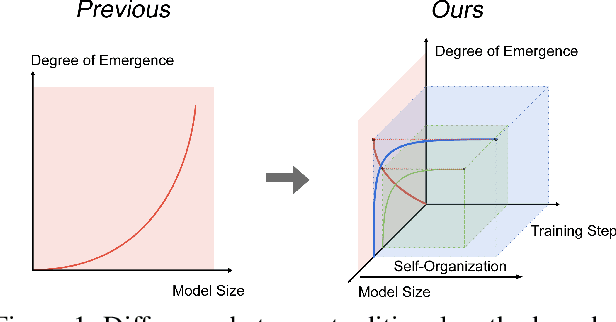


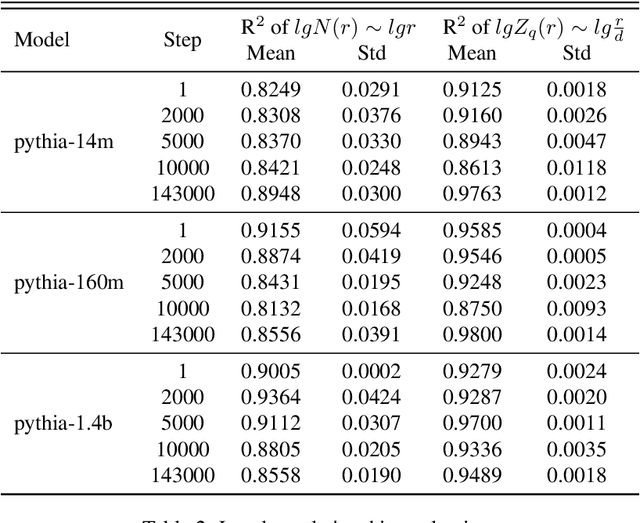
Abstract:Prior studies on the emergence in large models have primarily focused on how the functional capabilities of large language models (LLMs) scale with model size. Our research, however, transcends this traditional paradigm, aiming to deepen our understanding of the emergence within LLMs by placing a special emphasis not just on the model size but more significantly on the complex behavior of neuron interactions during the training process. By introducing the concepts of "self-organization" and "multifractal analysis," we explore how neuron interactions dynamically evolve during training, leading to "emergence," mirroring the phenomenon in natural systems where simple micro-level interactions give rise to complex macro-level behaviors. To quantitatively analyze the continuously evolving interactions among neurons in large models during training, we propose the Neuron-based Multifractal Analysis (NeuroMFA). Utilizing NeuroMFA, we conduct a comprehensive examination of the emergent behavior in LLMs through the lens of both model size and training process, paving new avenues for research into the emergence in large models.
Towards Overcoming False Positives in Visual Relationship Detection
Dec 24, 2020
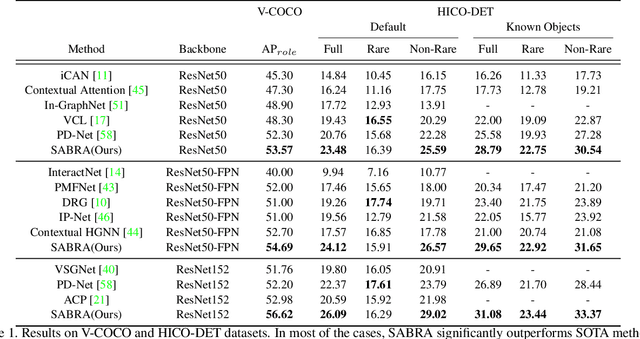
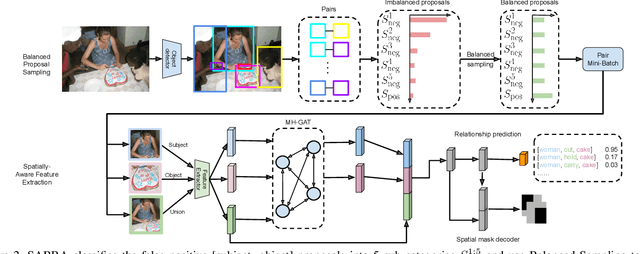
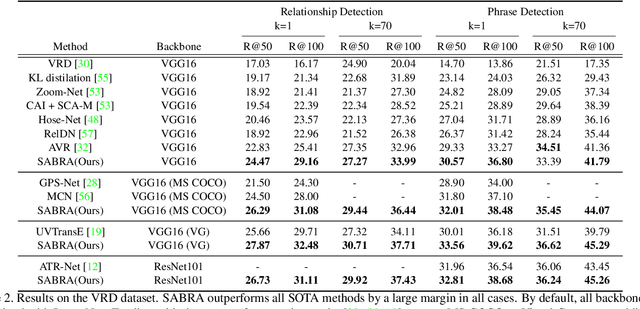
Abstract:In this paper, we investigate the cause of the high false positive rate in Visual Relationship Detection (VRD). We observe that during training, the relationship proposal distribution is highly imbalanced: most of the negative relationship proposals are easy to identify, e.g., the inaccurate object detection, which leads to the under-fitting of low-frequency difficult proposals. This paper presents Spatially-Aware Balanced negative pRoposal sAmpling (SABRA), a robust VRD framework that alleviates the influence of false positives. To effectively optimize the model under imbalanced distribution, SABRA adopts Balanced Negative Proposal Sampling (BNPS) strategy for mini-batch sampling. BNPS divides proposals into 5 well defined sub-classes and generates a balanced training distribution according to the inverse frequency. BNPS gives an easier optimization landscape and significantly reduces the number of false positives. To further resolve the low-frequency challenging false positive proposals with high spatial ambiguity, we improve the spatial modeling ability of SABRA on two aspects: a simple and efficient multi-head heterogeneous graph attention network (MH-GAT) that models the global spatial interactions of objects, and a spatial mask decoder that learns the local spatial configuration. SABRA outperforms SOTA methods by a large margin on two human-object interaction (HOI) datasets and one general VRD dataset.
 Add to Chrome
Add to Chrome Add to Firefox
Add to Firefox Add to Edge
Add to Edge